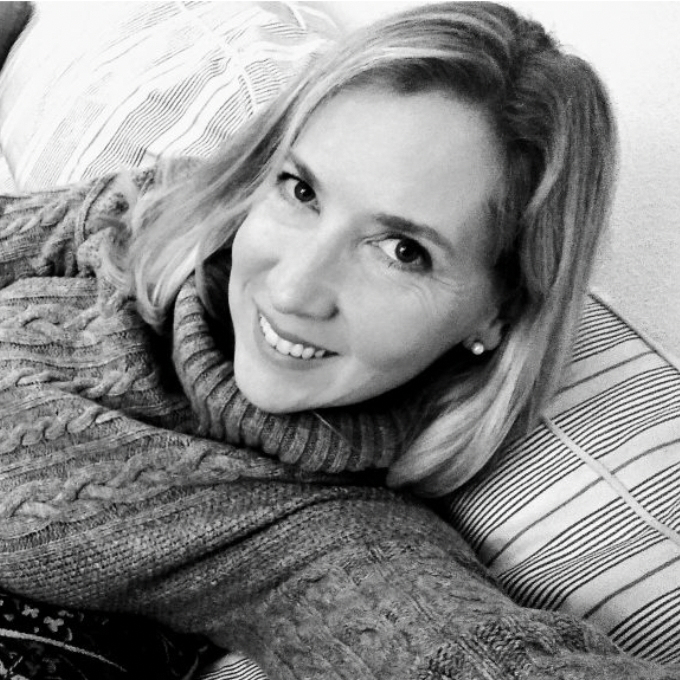What does Europe look like after so many lockdowns, closures of borders, isolation of its citizens, division of families and communities, vaccine mandates, and radical reductions of fundamental rights and freedoms?
Many of those rights and freedoms we as Europeans took for granted have been shattered by regulations and rules over the past year and a half, resulting in tremendous changes in how we live our lives, not to mention the huge economic and psychological damage it has caused to ourselves and our children.
In Europe, nothing can be taken for granted anymore. Moreover, there seems to be absolutely no common European approach to the challenges of the pandemic nor to how to solve them.
Ursula von der Leyen, the head of the current European Commission in Brussels, might say there was a common approach. But when looking at the member states of the European Union, when reading about and experiencing those national strategies of how to manage Covid-19, one can very quickly and very clearly say that, no, there is neither a coherent European response nor a strategy of how to cope with it.
The idea of a “European vaccine passport” might sound like a united project but actually it isn’t, as each country issues its own certificates. Certain vaccines are accepted in some countries, but are not accepted in others. In the Netherlands, for example, it is forbidden to ask anyone about their vaccination status.
Truthfully, what we have in Europe is Covid-19 chaos, where national regulations change on a daily basis, where citizens are being deprived of their freedom of movement, of gathering, of publicly expressing their opinions. You never know which new hassles to expect when travelling across national borders – from ever changing quarantine measurements to different timelines of how to test yourself as Covid clean, to filling in online registration forms and carrying with you most recent test results, whose duration of validity seems more unpredictable than fortune telling.
Sweden for example never had a lockdown, but many countries opted and might opt again for strict lockdowns in the future, or push for ‘vaccine’ mandates. Incredibly enough, Sweden has issued a strict travel warning against Israel, one of the most vaccinated countries in the world.
In 2003, U.S. Defense Secretary Donald Rumsfeld touched a nerve in Europe, by dividing the continent into what he called “old Europe” and “new Europe,” with “old” referring to original member states and “new” Europe referring to those at that time the eight about to become new member countries from Central and Eastern Europe, which for almost fifty years had been isolated from the West behind the iron curtain and under Soviet rule.
Today we have eleven “new” member states which were historically part of the Soviet hemisphere, which include the three Baltic states and the Visegrád four (Poland, the Czech Republic, Slovakia and Hungary) plus Slovenia which joined in 2004, Bulgaria and Romania in 2007, and the last one being Croatia which joined in 2013.
With Covid-19 policy response, this view has found new expression, for example in how and to what extent states deployed extreme and strict lockdown and testing measures. Big Western European member states implemented them very thoroughly but countries in the East intervened to a much lesser extent.
This might be for many reasons, budgetary considerations certainly being a possible one. Another reason might be that the people in Central and Eastern Europe (CEE) had realized their dream of independence, of freedom and liberty not too long ago and those in political power know very well how much that means to them.
Since those rights had not been given to them without hardship and suffering, without years of deprivation and the immense energy it took to economically and socially catch up, people in the East are much more sensitive to potentially losing them. Of course, the strategy of fear always works, as with fear even the most freedom-loving people can be pushed into submission – for a while at least, but certainly not forever.
Countries like Bulgaria or Romania have the lowest vaccination rates in Europe, with the majority of people being against it and even though the Hungarian government was one of the fastest in Europe implementing a vaccination campaign, the major aim always was to minimize the disruption of everyday life and to keep the economy going. Also, and against official EU resistance, some CEE governments allowed Russian and Chinese vaccines, to speed up the vaccination campaigns in order to regain normality. The official request to show a vaccine passport for taking part in public life was implemented for a short while and today applies only to very specific areas of public life.
Though also in the countries of CEE the pressure on the unvaccinated is rising and the public narrative in Hungary for example sounds like this: ”The vaccines are working, therefore Hungary is working.”
Today, unlike in neighbouring Austria for example, schools in Hungary are fully open without students being obliged to wear masks and test themselves numerous times a week and generally masks are not required anywhere.
Testing as such is conducted to a much lesser extent in the countries of CEE as well and benchmarks like the seven-day incidence value (number of cases and their path) are not even accounted for and therefore have no relevance whatsoever in the reintroduction or lifting of restrictive measurements. This benchmark simply does not exist in CEE, whereas the people in Germany for example are being enslaved by this concept where their local everyday lives from schools to shop openings literally depend on the past week´s incidence value in their district.
In Austria for everything and in Germany depending on the incidence value you need to show a negative test for visiting the hairdresser or going to a restaurant, unless you have a proof of vaccination of course. Getting tested seems to have become a regular act of responsibility for the good Austrian citizen. People meet at local test centers for a chat after work. Until now, in both Germany and Austria those tests have been for free – but that will supposedly change very soon.
In countries like France and Italy, regulations which exclude those who are unvaccinated from public and social life are becoming more and more strict, and testing has to be financed from your own pocket. Pressure on those unvaccinated is increasing day by day.
Also, at the same time, pan-European resistance is growing. Facebook, Twitter, and YouTube censorship is unable to suppress it. In many cities in the “old” Europe, thousands of people regularly go to the streets – from Paris, to Rome, to Athens, to Berlin, to Vienna. They are protesting against the vaccine mandates and the loss of their freedoms and even if mainstream media consequently fails to report on it, their voices are not being silenced.
It will be very interesting to see whom the European people will want to trust and give their votes to in future elections as well. In Germany, where federal elections are coming up at the end of September, the entire campaign seems to be about climate change, social justice or green energy, but not about fundamental rights and freedoms.
It is as if the established parties deliberately ignored those topics, pretending they simply did not exist – which is quite fascinating from a psychological point of view. Those few, partly new parties who dare articulate them are immediately being pushed into ideological corners, making them look completely politically unacceptable.
All across Europe, there has been hardly any open and public discourse, hardly any scientific discussions allowing for or elaborating on different opinions. Those opinions which do not fit the narrative are quickly silenced or censored, with the authors getting discredited – no matter whether they are university professors, medical doctors, lawyers, sociologists, psychologists, teachers, economists or simply concerned and ordinary citizens.
A recent study published in June 2021 by the Allensbach institute – the oldest German polling institute – states that 44% of Germans feel that they can not express their political opinions freely, without potentially experiencing negative consequences. This is the worst result of its kind ever recorded. And yet there is another interesting factor when comparing the “old” to the “new” Europe. The EU narrative has always claimed that freedom of media and press is endangered in the countries of Central Eastern Europe, where the West is always beyond any criticism. Well, public opinion now points in a different direction.
No matter how much the public narrative tries to ignore it, no matter how much the media attempts to suppress serious discussion, critical voices are becoming louder by the day. Ever more people in both the old and the new Europe are demanding their fundamental rights and freedoms back.
Join the conversation:


Published under a Creative Commons Attribution 4.0 International License
For reprints, please set the canonical link back to the original Brownstone Institute Article and Author.









